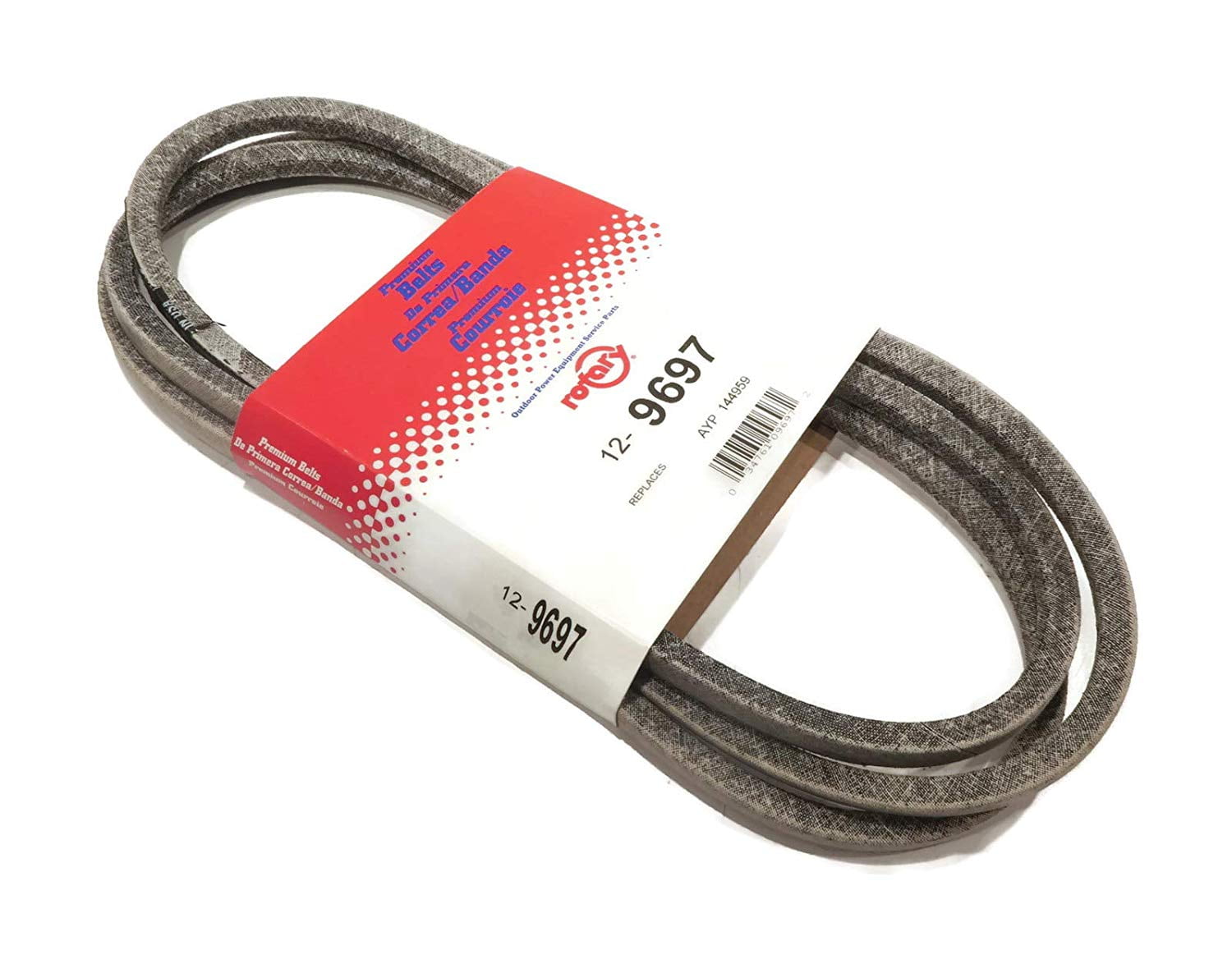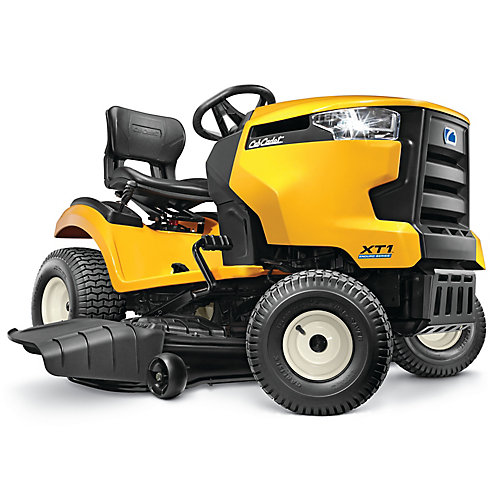A gas-powered lawn mower is a self-propelled machine that employs a gasoline engine to power its cutting blades. It is designed to trim grass and maintain lawns, offering a convenient and efficient solution for homeowners and landscapers alike.
Gas mowers have been widely used for decades, gaining popularity due to their powerful engines and ability to handle large lawns with ease. They provide greater cutting power compared to electric mowers and are not restricted by cords, allowing for greater maneuverability and coverage.
Whether you’re a homeowner looking to maintain a pristine lawn or a professional landscaper seeking efficiency, a gas mower offers an ideal combination of power, convenience, and versatility.
Best Gas Mower
When selecting the best gas mower, several key aspects merit consideration:
- Cutting Width: Wider cutting widths cover more ground per pass, increasing efficiency.
- Engine Power: Measured in horsepower (HP), engine power determines the mower’s ability to handle thicker grass and larger lawns.
- Fuel Tank Capacity: A larger fuel tank allows for longer mowing sessions without interruption.
- Self-Propulsion: Self-propelled mowers eliminate the need for manual pushing, reducing fatigue, especially on slopes or large lawns.
These aspects are interconnected. For instance, a wider cutting width may require a more powerful engine, while a larger fuel tank capacity extends the runtime of a self-propelled mower. Understanding these relationships helps in selecting the best gas mower suited to specific needs and lawn conditions.
Cutting Width
In the context of gas mowers, cutting width plays a crucial role in determining efficiency and productivity. A wider cutting width allows the mower to cover more ground with each pass, reducing the time and effort required to mow a lawn. This is particularly beneficial for larger lawns or areas with extensive grass coverage.
- Time Savings: A wider cutting width enables the mower to cut a larger swath of grass in a single pass, reducing the overall time spent mowing. This is especially noticeable when mowing large lawns or open areas.
- Fewer Passes: With a wider cutting width, fewer passes are required to cover the entire lawn area. This reduces the amount of time spent maneuvering the mower and improves overall efficiency.
- Reduced Fatigue: A wider cutting width can reduce fatigue for the operator, especially when mowing larger lawns. By covering more ground with each pass, the operator needs to make fewer passes, reducing the physical effort required.
- Fuel Efficiency: In some cases, a wider cutting width can contribute to improved fuel efficiency. By covering more ground with each pass, the mower spends less time operating at full throttle, potentially reducing fuel consumption.
When selecting a gas mower, it is important to consider the cutting width in relation to the size and layout of the lawn. A wider cutting width can significantly improve efficiency and time savings, making it a valuable feature for larger lawns or areas requiring frequent mowing.
Engine Power
In the context of a gas mower, engine power plays a critical role in determining the mower’s overall performance and suitability for different types of lawns.
- Cutting Ability: Engine power directly influences the mower’s ability to cut through grass effectively. A more powerful engine can handle thicker, taller grass with ease, reducing the likelihood of bogging down or stalling.
- Larger Lawns: Mowers with higher engine power are better suited for larger lawns. The increased power allows the mower to maintain a consistent cutting speed and performance even over extensive areas.
- Rugged Terrain: A powerful engine is beneficial when mowing on uneven or rugged terrain. It provides the necessary torque to navigate slopes or obstacles without losing power.
- Mulching and Bagging: Mowers with higher engine power can handle mulching and bagging operations more efficiently. The increased power ensures that grass clippings are effectively mulched or collected, reducing the need for frequent emptying or disposal.
When selecting a gas mower, it is essential to consider the engine power in relation to the size and condition of the lawn. A mower with sufficient engine power will provide optimal performance, ensuring a clean and well-maintained lawn.
Fuel Tank Capacity
Fuel tank capacity is a crucial consideration when selecting the Best Gas Mower, as it directly impacts the mower’s runtime and efficiency.
- Extended Runtime: A larger fuel tank allows the mower to operate for longer periods without the need for refueling, increasing productivity and reducing interruptions. This is particularly beneficial for larger lawns or areas that require extended mowing sessions.
- Reduced Refueling Downtime: With a larger fuel tank, the mower can complete larger areas before needing to be refueled. This reduces downtime and increases efficiency, especially when mowing large properties or working on a tight schedule.
- Convenience and Ease of Use: A larger fuel tank provides convenience and ease of use by eliminating the need for frequent refueling stops. This is particularly advantageous for homeowners or landscapers who value uninterrupted mowing sessions.
When selecting a Best Gas Mower, it is important to consider the fuel tank capacity in relation to the size of the lawn and the desired mowing time. A larger fuel tank will provide increased runtime, reduced refueling interruptions, and enhanced convenience, contributing to a more efficient and productive mowing experience.
Self-Propulsion
Self-propulsion is a significant feature of Best Gas Mowers as it greatly enhances the mowing experience, particularly on challenging terrains and extensive lawns.
Self-propelled mowers are equipped with a drive system that powers the wheels, eliminating the need for manual pushing. This provides numerous advantages:
- Reduced Fatigue: Self-propelled mowers reduce physical exertion, especially during prolonged mowing sessions or on sloped lawns. The mower’s drive system takes over the pushing effort, allowing the operator to focus on guiding and directing the mower with minimal strain.
- Effortless Slopes: Self-propelled mowers excel on sloped lawns, where manual pushing can be strenuous and hazardous. The drive system provides the necessary power to navigate inclines without losing traction or compromising performance.
- Time Savings: Self-propelled mowers increase efficiency by enabling faster mowing speeds. The operator can maintain a steady pace without tiring, covering more ground in less time.
- Improved Maneuverability: Self-propulsion enhances maneuverability, allowing the operator to navigate obstacles, tight spaces, and around delicate landscaping elements with greater ease and control.
For homeowners and landscapers alike, self-propelled Best Gas Mowers offer a superior mowing experience, combining power, convenience, and efficiency. They are particularly beneficial for those with larger lawns, challenging terrains, or limited physical capabilities.
Gas Mower Maintenance Tips
Maintaining a gas mower is essential to ensure optimal performance, longevity, and safety. Here are some key tips to keep your gas mower in top condition:
Tip 1: Regular Cleaning
Clean the mower deck, underside, and air filter regularly to remove grass clippings, dirt, and debris. Clogged components can affect performance and hinder proper airflow.
Tip 2: Sharp Blades
Keep the mower blades sharp to ensure a clean and efficient cut. Dull blades can tear grass, leading to a ragged appearance and increased effort.
Tip 3: Oil and Filter Changes
Follow the manufacturer’s recommendations for oil and filter changes. Clean oil and a new filter ensure proper engine lubrication and prevent premature wear.
Tip 4: Spark Plug Inspection
Regularly inspect and replace the spark plug as needed. A worn or fouled spark plug can cause starting problems and affect engine performance.
Tip 5: Fuel System Maintenance
Use fresh fuel and avoid leaving fuel in the tank for extended periods. Add a fuel stabilizer to prevent fuel degradation during storage.
Tip 6: Storage Preparation
Before storing the mower for an extended period, empty the fuel tank, run the engine until it runs out of fuel, and prepare it according to the manufacturer’s instructions to prevent corrosion and ensure smooth operation when ready to use again.
Tip 7: Professional Servicing
Consider annual professional servicing to ensure proper adjustments, component inspections, and early detection of potential issues.
By following these tips, you can keep your gas mower running smoothly and extend its lifespan, ensuring a well-maintained lawn and a more enjoyable mowing experience.
Conclusion
Gas mowers offer a powerful and efficient solution for lawn care, particularly for larger lawns or areas with thicker grass. To ensure optimal performance and longevity, proper maintenance is essential. By following regular cleaning, blade sharpening, and oil and filter changes, gas mowers can provide years of reliable service.
When selecting a gas mower, consider factors such as cutting width, engine power, fuel tank capacity, and self-propulsion to match the specific needs of your lawn. Regular maintenance and professional servicing will keep your gas mower in top condition, ensuring a well-maintained lawn and a more enjoyable mowing experience.



